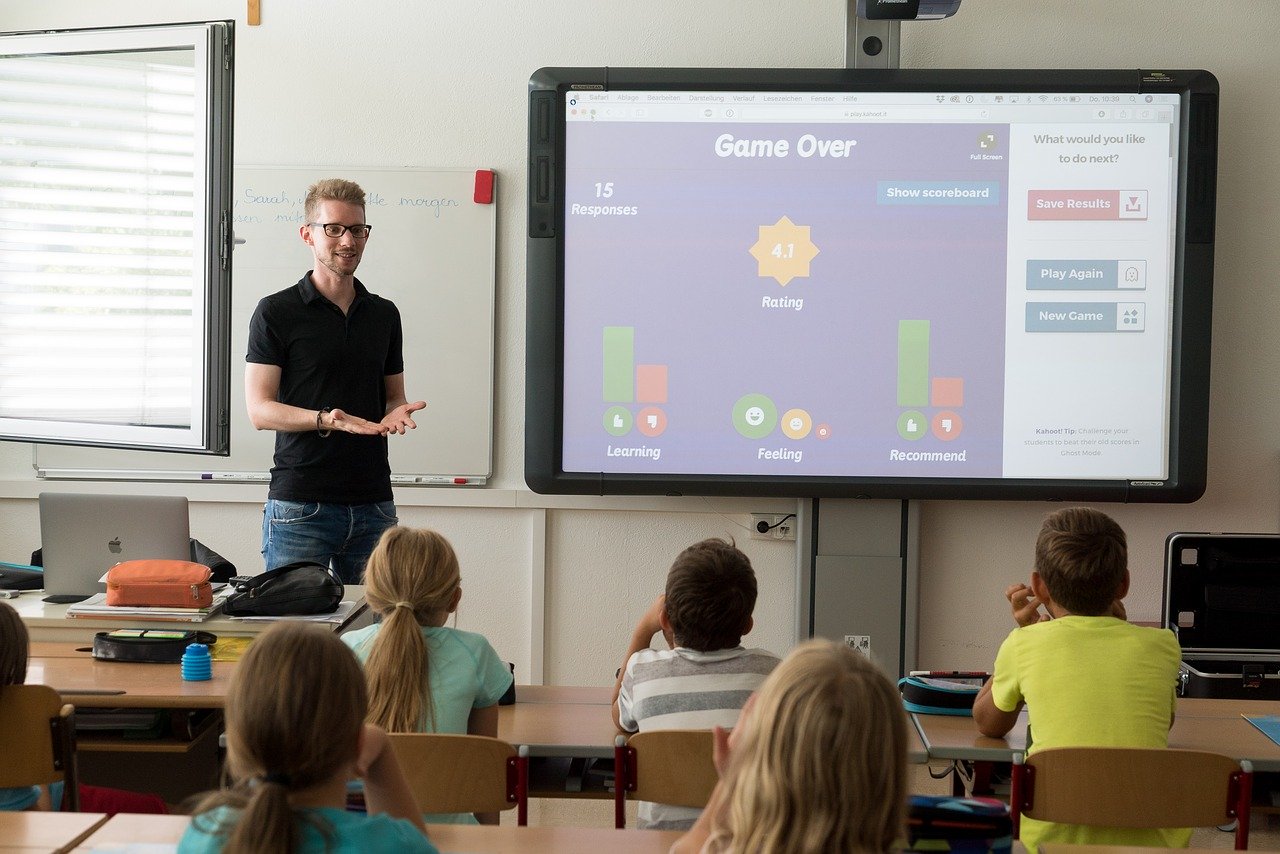Are you looking for ways to prevent kids from wandering around the classroom needlessly? If so, keep reading.
1. Assess the appropriateness of the task to ascertain (a) if the task is too easy, (b) if the task is too complicated, and (c) if the duration of time scheduled to finish the task is sufficient.
2. Assess the visual and auditory stimuli in the classroom. Ascertain the number of stimuli the student can tolerate. Remove unnecessary stimuli that contribute to the student’s unnecessary or excessive movement from the classroom environment.
3. Be firm, fair, and consistent, expecting the student to sit quietly without moving about unnecessarily. Do not let the student move about unnecessarily one day and expect them to sit quietly the next day.
4. Plan short learning activities for the student to perform while seated. As the student shows success staying in their seat, slowly increase the length of the learning activities.
5. Draft an agreement with the student stipulating what behavior is required (e.g., demonstrating physical self-control) and which reinforcement will be implemented when the agreement has been met.
6. Get a peer to signal the student when they move about unnecessarily (e.g., the person can touch the student’s arm as a signal that they are moving about unnecessarily).
7. Be firm, fair, and consistent with having the student leave a situation when they begin to move about necessarily (e.g., send the student to a study carrel for 10 minutes, make them sit in a chair for fiveminutes, etc.).
8. Move materials used for tactile stimulation (e.g., pens, paper clips, loose change, etc.) away from the student’s reach.
9. Place the student near the teacher.
10. Make the appropriate adjustments in their surroundings to prevent the student from experiencing stress, frustration, anger, etc., as much as possible.
11. Coordinate individual tasks when the group setting is overly distracting.
12. Provide visibility to and from the student to keep their attention when oral questions/instructions are being delivered. The teacher and the student should be able to see each other at all times. Make eye contact possible at all times.
13. Get the student to gather all the learning materials appropriate to work on a project, task, etc., to lessen the need to search for learning materials.
14. Create an environmental setting for the classroom that promotes optimal individual performance (e.g., quiet room, background music, fresh air, etc.).
15. Talk regularly with the student to prevent excessive or unnecessary body movements.
16. Do not let the student take part in learning activities that cause them to become so excited that they move about unnecessarily.
17. Observe the student to prevent them from not sitting quietly and moving around unnecessarily.
18. Teach the student to use techniques to gain self-control when they are moving about unnecessarily (e.g., count to 10, say the alphabet, sit in a chair, leave the situation, etc.).
19. Provide the student with frequent chances to leave their seat for appropriate reasons (e.g., getting learning materials, running errands, assisting the teacher, etc.).
20. Allow the student some movement while performing tasks. Observe and limit the amount of movement.
21. Consider using a classroom management app. Click here to view a list of apps that we recommend.
22. Consider using an adaptive behavior management app. Click here to view a list of apps that we recommend.
23. Consider using Alexa to help the student learn to behave appropriately. Click here to read an article that we wrote on the subject.
24. Click here to learn about six bonus strategies for challenging problem behaviors and mastering classroom management.





